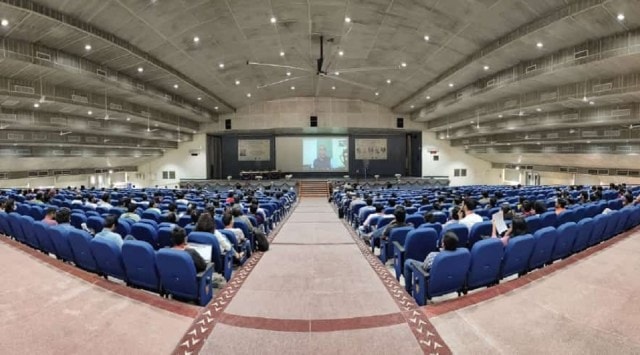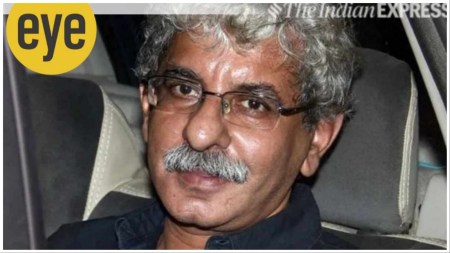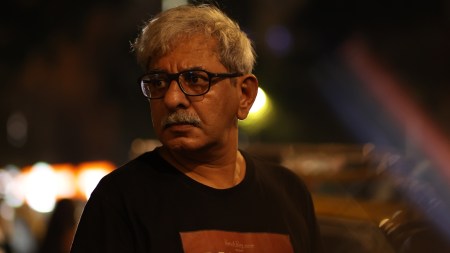
The Astronomical Society of India (ASI) has grown from 100 astronomers in the early 1970s to 700 members today. India is now involved in three major science projects, including the Square Kilometre Array (SKA), the Thirty Metre Telescope (TMT), and the Laser Interferometer Gravitational-Wave Observatory (LIGO). ASI officials anticipate the need for 500 active astronomers in the next decade and hope to increase membership to 2,000.
The slow growth of ASI was due to the limited availability of astronomical research institutes with telescopes, such as the Aryabhatta Research Institute of Observational Sciences, the Indian Institute of Astrophysics, and the TIFR – National Centre for Radio Astrophysics.
Dr. GC Anupama, the current ASI president, noted the historical focus on cosmology and the lack of students studying observational astronomy. However, the number of students and research outside of the host institutes has increased over the years.
Professor Ajit Kembhavi suggested that ASI focus on capacity building programs using artificial intelligence (AI) and machine learning (ML) techniques. He also proposed making ASI meetings more engaging for mid-career and senior-level faculties and students of astronomy.
Anupama recommended hands-on training for students in using and analyzing astronomical data, especially from smaller telescopes. Senior scientists emphasized India’s strengths in instrumentation, IT, and engineering, which will be crucial in building and maintaining telescopes and observational facilities in the future.
Kembhavi urged ASI to seek funds from industry and companies under their corporate social responsibility (CSR) scheme. ASI plans to revive its Young Astronomers Meet (YAM) and increase interactions with international astronomical organizations and planetarium professionals as part of its year-long golden jubilee celebrations.
















